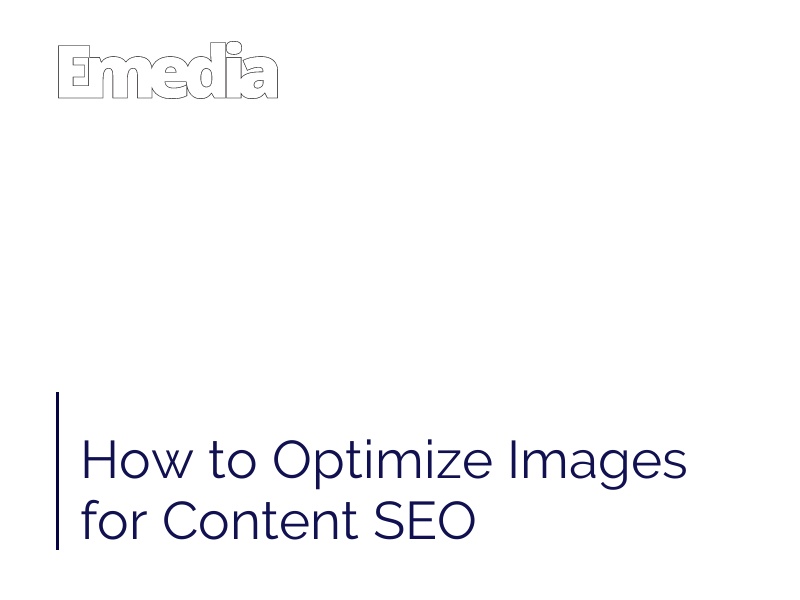Are you looking to boost your website's SEO? One simple yet effective way is by optimizing your images.
In this article, we'll show you how to optimize images for content SEO. You'll learn the importance of image optimization, best practices for compression, using descriptive file names and alt tags, optimizing image size and dimensions, and leveraging image sitemaps for better indexing.
Get ready to take control of your website's SEO and attract more visitors!
The Importance of Image Optimization for SEO
You should always prioritize image optimization for SEO to improve your website's visibility and rankings.
When it comes to mobile SEO, image optimization techniques are crucial. Mobile devices have smaller screens and limited data, so it's important to optimize images to ensure fast loading times and a smooth user experience.
One of the key factors in image optimization is the loading speed. Slow-loading images can negatively impact your SEO rankings. Users expect websites to load quickly, and if your images take too long to load, they may leave your site, leading to a higher bounce rate.
Best Practices for Image Compression
Compress your images using the best practices to optimize them for content SEO.
Image compression reduces the file size of your images without compromising their quality, ensuring faster loading times for your website.
To achieve the best results, it's essential to use image editing tools that offer compression features. These tools allow you to adjust the compression level while maintaining the visual appeal of your images.
When compressing your images, consider using image file formats that support compression, such as JPEG and PNG. JPEG is ideal for photographs and complex images, while PNG is suitable for images with transparent backgrounds or simple graphics.
Using Descriptive File Names and Alt Tags for SEO
When optimizing your images for content SEO, it's important to use descriptive file names and alt tags to enhance their visibility and search engine rankings. By following these Image SEO techniques for e-commerce websites, you can ensure that your images stand out and attract more organic traffic:
- Use descriptive file names: Instead of using generic names like 'image123.jpg,' give your images meaningful names that accurately describe the content.
- Optimize alt tags: Alt tags provide alternative text for visually impaired users and search engine crawlers. Make sure to include relevant keywords in your alt tags to improve SEO.
- Enhance user experience: Optimized images not only improve search engine rankings but also enhance the overall user experience on your website. Use high-quality images that load quickly and are responsive across different devices.
Optimizing Image Size and Dimensions for Web Use
To ensure optimal web performance, resize and adjust the dimensions of your images before uploading them to your website. By resizing images, you can reduce their file size, allowing for faster loading times and a smoother browsing experience for your visitors. This is particularly important for users who have slower internet connections or access your site on mobile devices.
Additionally, choosing the right file format for your images is crucial for web use. JPEG is the most commonly used format for photographs, as it offers a good balance between image quality and file size. On the other hand, PNG is ideal for images that require transparency or crisp graphics.
Leveraging Image Sitemaps for Better Indexing
Improve the indexing of your images by leveraging image sitemaps. Image SEO plays a crucial role in driving traffic to your website, and using image sitemaps can greatly benefit your overall SEO strategy.
Here are three benefits of using image sitemaps:
- Enhanced visibility: By creating an image sitemap, search engines can easily discover and index your images, increasing their visibility in search results. This can lead to higher organic traffic and better engagement with your content.
- Improved relevance: Image sitemaps provide additional information about your images, such as captions and alt text, which helps search engines understand the context and relevance of the images. This can result in better ranking for relevant keywords and improved user experience.
- Faster indexing: Including your images in an XML sitemap helps search engines crawl and index them more efficiently. This means your images will appear in search results faster, allowing users to find and engage with your content more quickly.
